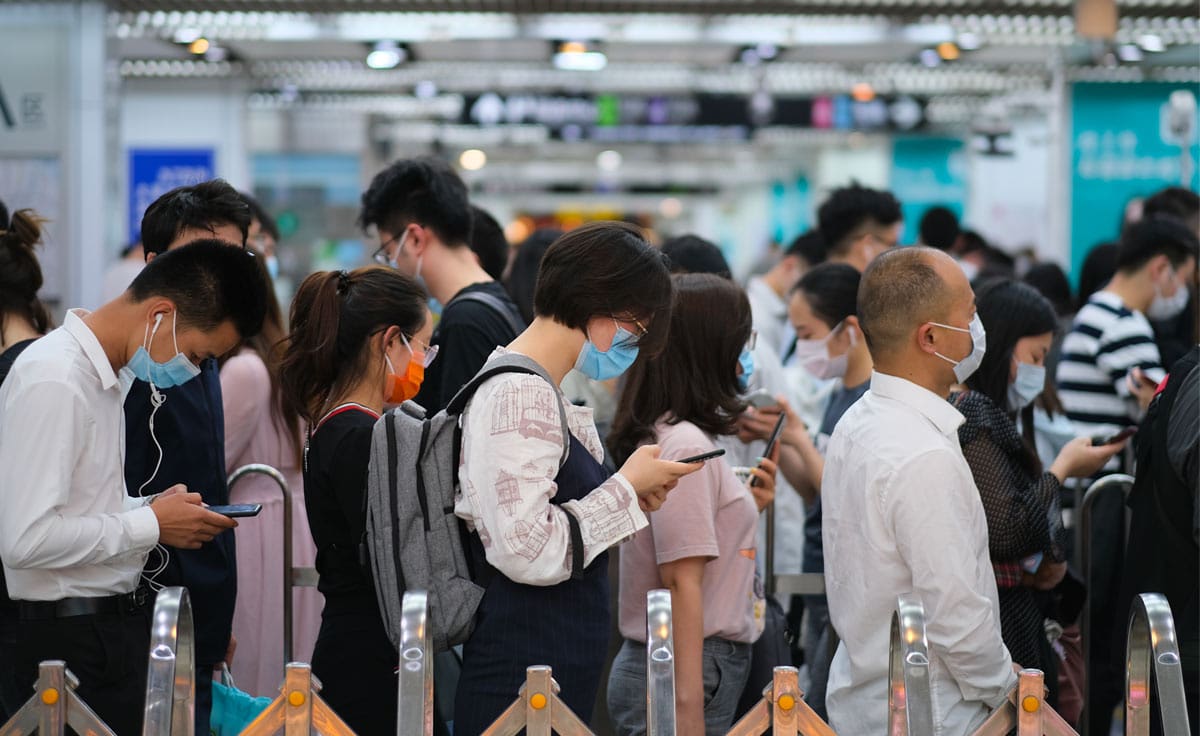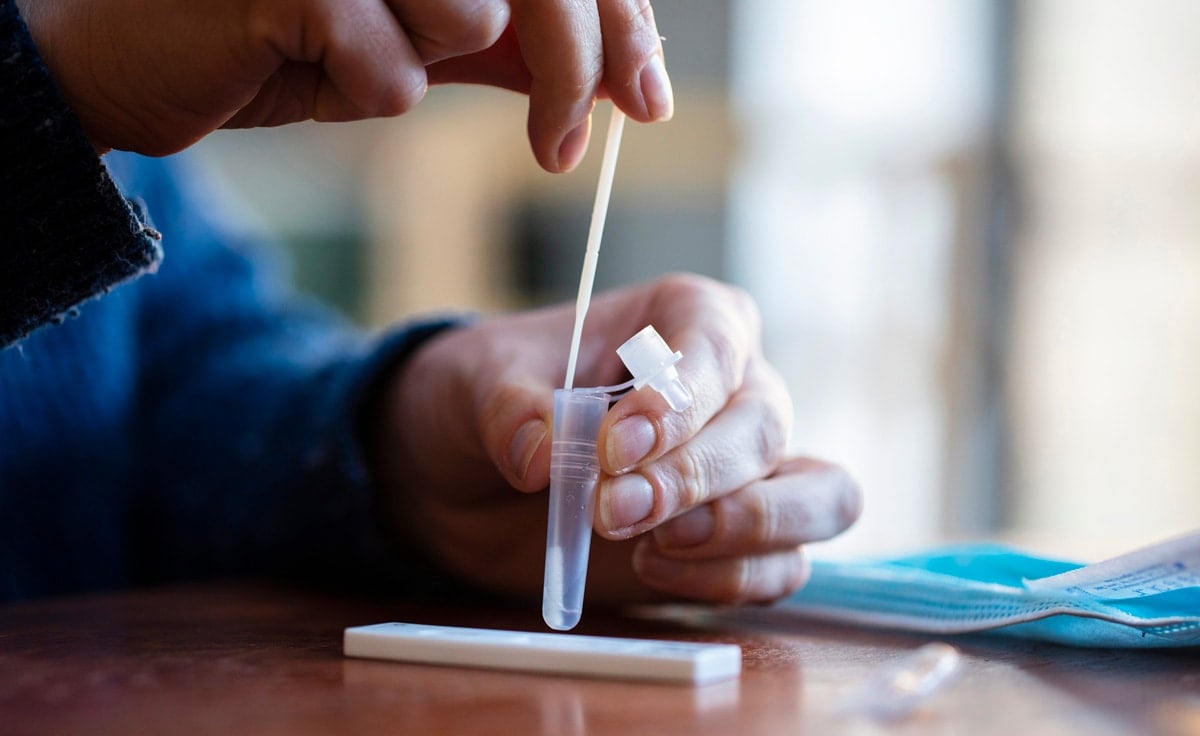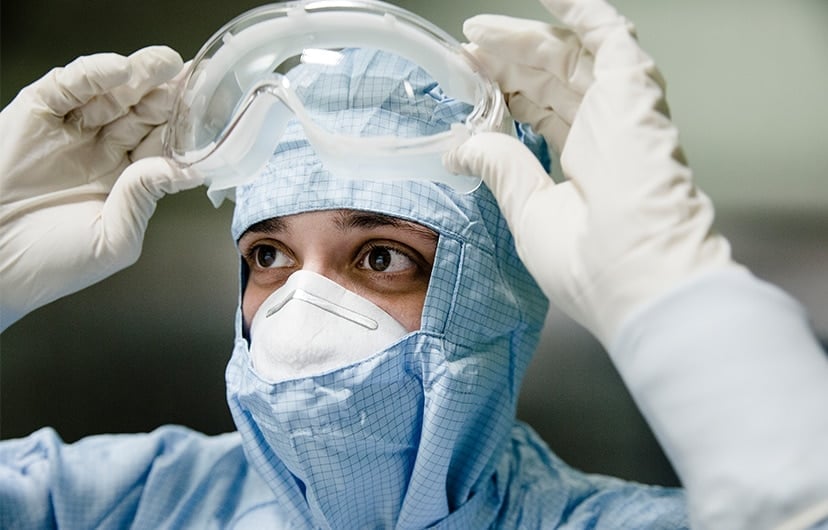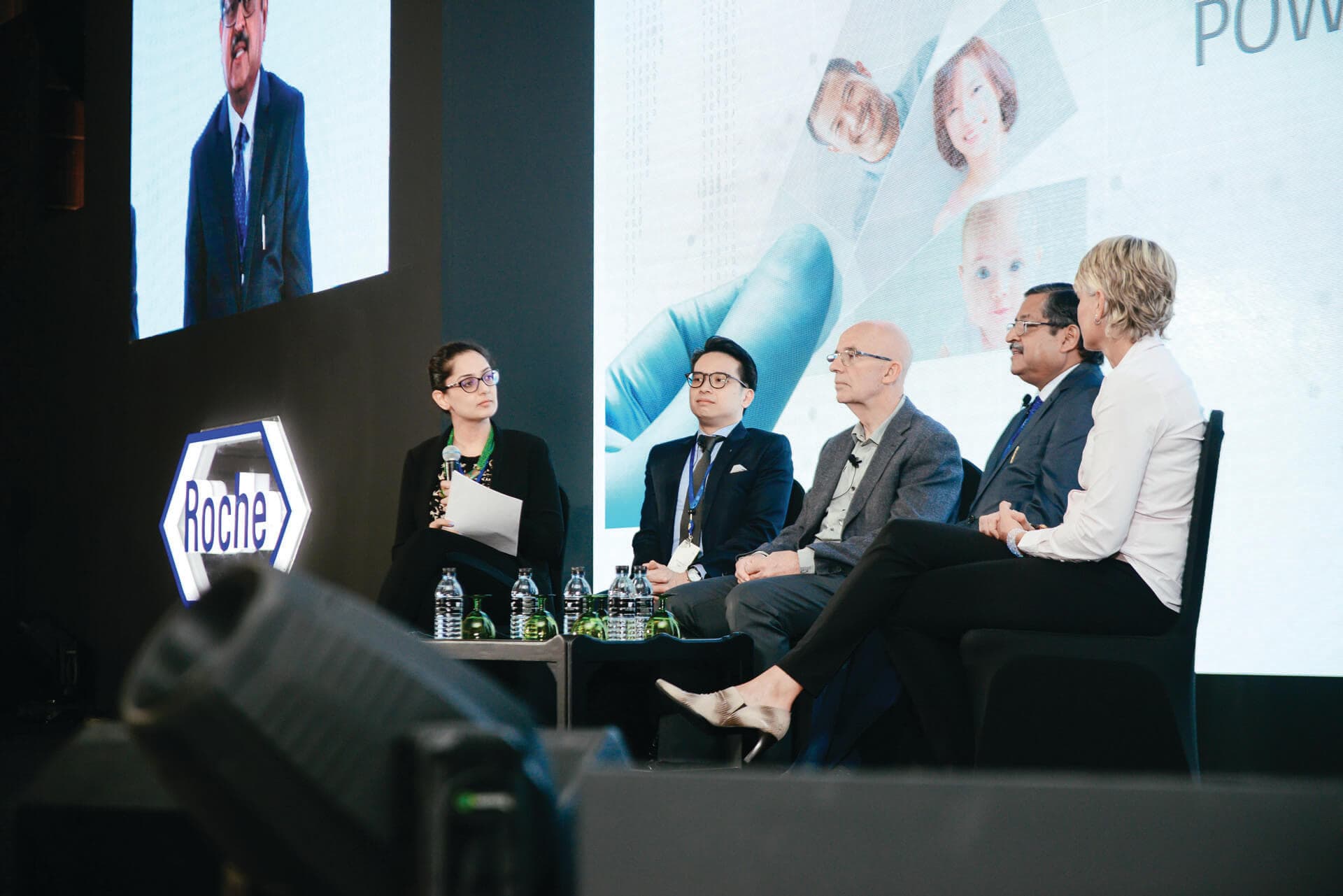Against the backdrop of COVID-19, preparing for the unexpected must become the norm. It is time for diagnostics to help co-create an ecosystem that is more agile, effective and innovative.
When the first wave of COVID-19 rose like a tsunami, the world was unprepared. Suddenly overwhelmed healthcare systems were at the brink of near-collapse, healthcare workers and laboratory staff had reached a breaking point.
Yet, in the face of this onslaught, formed a never-before-seen wall of human resilience and unity. Governments, industry, academia and civil society came together to tackle the pandemic head-on.
As COVID-19 mutations evolve and cases flare up again across the region and the world, the uncomfortable truth is clear — COVID-19 is here to stay. As many experts have predicted, it will become endemic, repeatedly surfacing, in different places and different ways, for the foreseeable future. The most significant impact of this will be felt in three key areas:

1. Financing Care
Rethinking Disease Management as COVID-19 Becomes Endemic
The challenge, therefore, is how healthcare systems will arm themselves against these recurring waves. In 2020, when early studies suggested newly developed vaccines were effective against COVID-19, the world breathed a sigh of relief — but perhaps too soon.
Months on, the roll-out of vaccines has not been as quick as hoped and newer, more virulent strains have continued to chip away at the world’s defences.
With no silver bullet in sight, health systems must find other ways to manage disease control and provide care in unusual times. However, health system preparedness cannot function in a vacuum. Equally important is infrastructure resilience as an Organisation for Economic Cooperation and Development OECD paper suggests, “It is also important to look beyond the context of the current crisis — to how infrastructure can be made more resilient across multiple dimensions in the face of numerous threats and risks.”
This requires policies that ensure sustainability in health financing — the ability to lessen economic hardships while safeguarding health, without sacrificing one for the other. By doing this, countries can strengthen their ability to fund long-term strategies including the implementation of universal health coverage (UHC), which is well under way in many countries across Asia Pacific.
2. Delivering Care
Maximise the Potential of Remote Care in Global Health Systems
The benefits of continuity of care cannot be overstated. Teleconsulting, virtual tumour boards and digital pathology have kept healthcare systems moving when face-to-face interactions have not been possible.
With health system redesign at the top of policymaker agendas, the question now is, how can these early set-ups be embedded and improved upon? As the same OECD paper suggests, “Many governments have included infrastructure spending as part of stimulus in response to the pandemic, resilience will be a key element to consider when planning and prioritising investment, especially in the context of technologies and innovations that could enable lower cost and digitally enabled solutions.”
To support the uptake of such technologies, and to generate Real World Evidence (RWE), Taiwan’s National Health Insurance (NHI) under the Ministry of Health and Welfare, has formally included telemedicine in the reimbursement coverage from 2021.1

Changes to Surgical and Clinical Guidelines
As infectious disease guidance changes, front-liners must be kept abreast and able to implement new steps quickly, such as more rigorous pre- and post-surgery testing.
However, in a time where outbreak spikes can swamp hospitals, any tools that can help ease manpower shortages are a boon. For example, hospitals have long been tied to slow, invasive, painful methods to get patient arterial blood gas values. Now, digital methods can help monitor the respiratory state of dozens of patients per hour and be administered easily. This frees up specialist staff for more complex matters. At a time when the World Health Organization (WHO) estimates a projected shortfall of 18 million health workers by 2030,2 mostly in low- and lower-middleincome countries, care delivery teams will need all the help they can get.
Similarly, the adoption of diagnostic technologies that can help to quickly triage patients will become increasingly routine. In the early stages of the pandemic, doctors were hampered by the fact that COVID-19 and normal flu-like symptoms were similar, handicapping effective treatment and quarantine measures. Thankfully, using point-of-care tests that help to differentiate between coronavirus and flu strains in as little as 20 minutes, can prove to be an effective strategy.
Ease Pressure on Emergency Departments (ED)
Cardiovascular emergencies account for approximately 10 percent of Emergency Department visits.3 With the rapid surge of emergency cases brought on by global health emergencies as seen during COVID-19, ED clinicians need to rapidly differentiate between life-threatening conditions and non-life-threatening ones to free up hospital beds and accurately determine which course of treatment can support optimal patient outcomes.
Cardiovascular diseases are responsible for 17.9 million deaths every year, a third of all deaths globally. The use of cardiac biomarkers can help to help identify cardiovascular risk, better diagnose patients and support early treatment. For instance, NT-proBNP is considered a gold standard in heart failure diagnosis and management, and can support healthcare professionals in identifying which people with type-2 diabetes are at higher risk of developing cardiovascular disease. Early identification of people at risk means cardioprotective treatment can be started sooner, which could prevent 65 percent of hospitalisations or deaths.
Another important biomarker, highsensitivity troponin T, provides healthcare professionals with data to help predict heart attack risk and mortality in non-cardiac surgery patients. Every year, over 200 million adults undergo major non-cardiac surgery with 10 million suffering from major adverse cardiac events (MACE) that could be prevented through early and accurate diagnosis.

3. Patient at the Centre of Care
Empower Patients to Take Control of their Health through Self-test Options
While wearables and embedded sensors are not new, individuals do not have an active role to play in generating data. However, the introduction of new selftest kits for COVID-19 or self-sampling for cervical cancer screening, are creating a shift in the role of the patient, giving them more involvement in the testing and screening process.
In Singapore, rapid antigen testing has become available over-the-counter at pharmacies, offering another avenue to quickly identify infectious cases, without the need for professional testers4 and physical centres.
However, this evolution of testing must be balanced by confronting new risks with a comprehensive testing strategy. As Singapore’s Ministry of Health cautions,5 people must remain vigilant and those with Acute Respiratory Infection (ARI) symptoms should visit a doctor for a full diagnosis and PCR test instead of relying on a self-test kit.
Bracing for the Unexpected: Building Resilience and Adaptability for Oncoming Pandemic Waves
While progress has been made in sequencing COVID-19 and creating vaccines in a short time, much is still unknown about how it affects other diseases.
In the coming years, we will keep learning of unexpected ways that health conditions interact with the novel coronavirus, as well as unknown diseases that are yet to surface. While the buzzword for the health industry in 2020 was “resilience”, as we move to the next stage of the pandemic and take cautious steps towards the future, we will have to embrace another quality in the ecosystem: adaptability.
Read more about healthcare’s challenges in the shadow of COVID-19 in our in-depth issue.
*The information contained in this article was extracted from Edition 2021, Vol 10.





